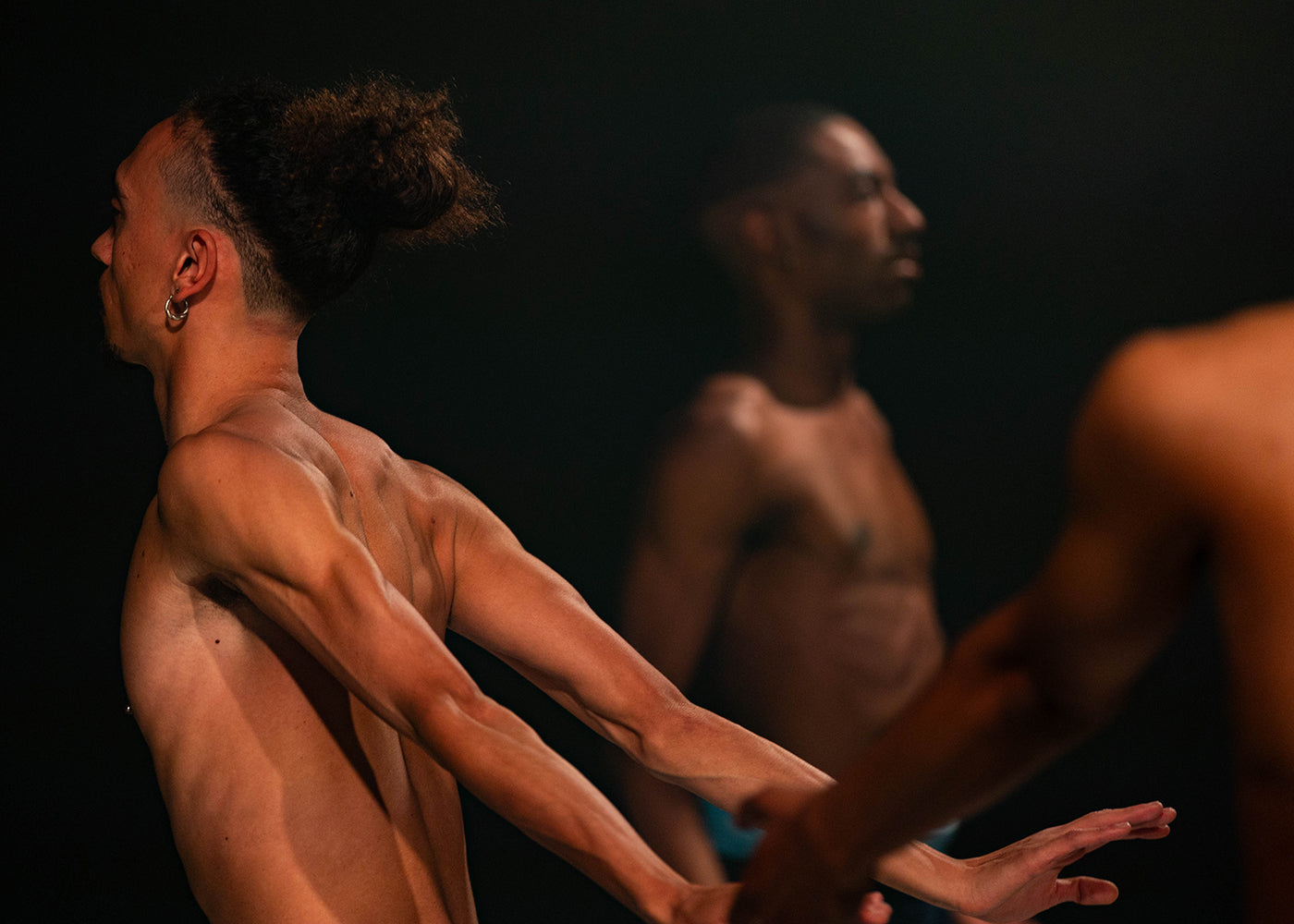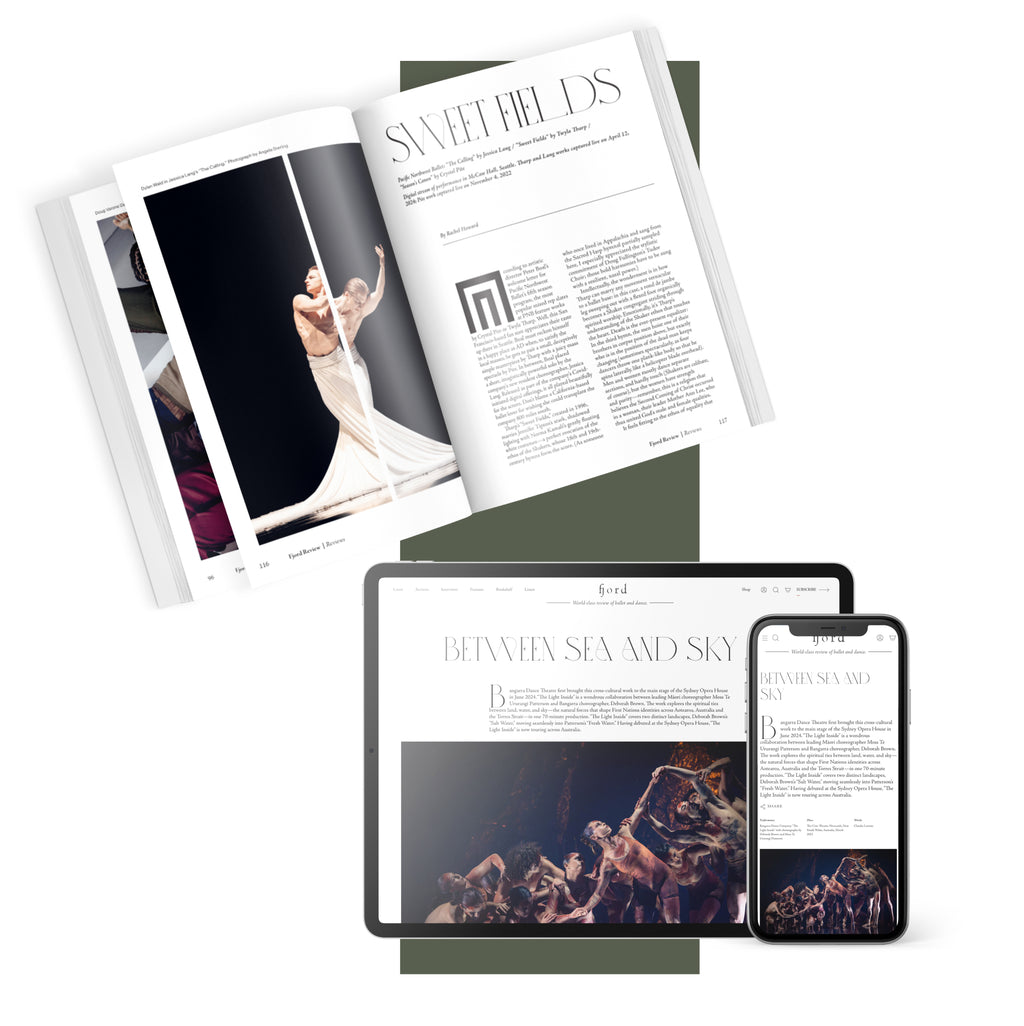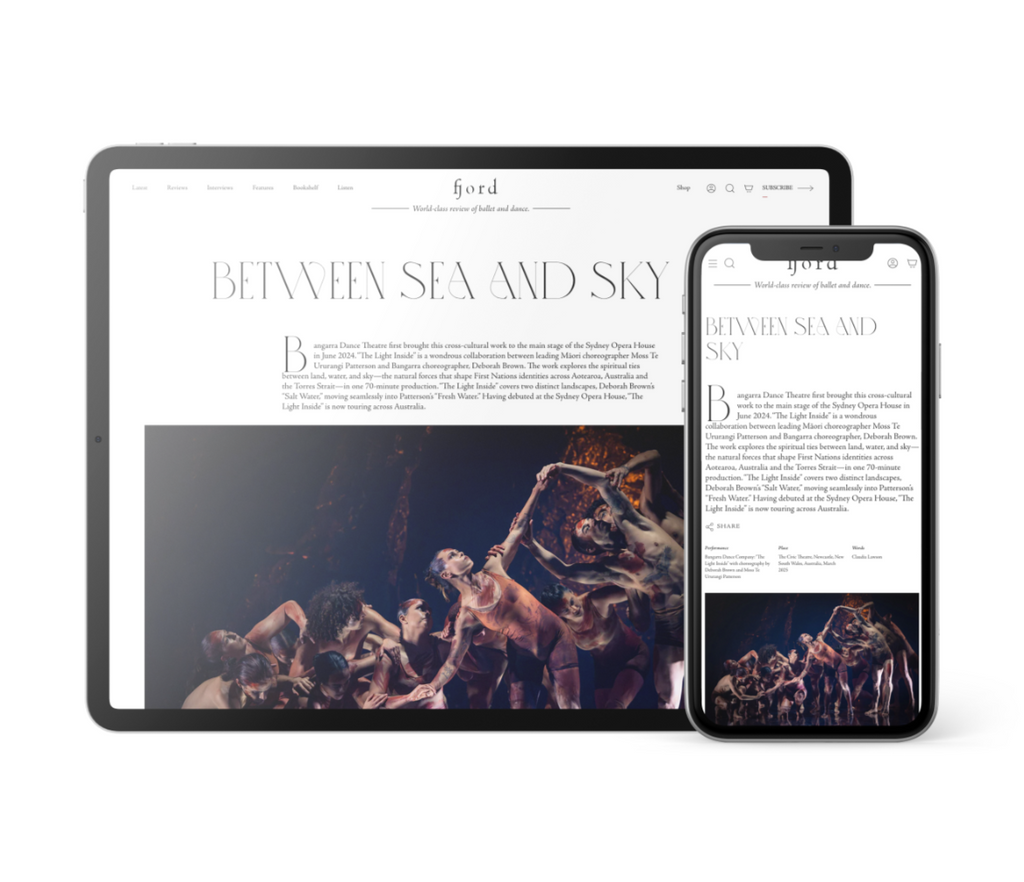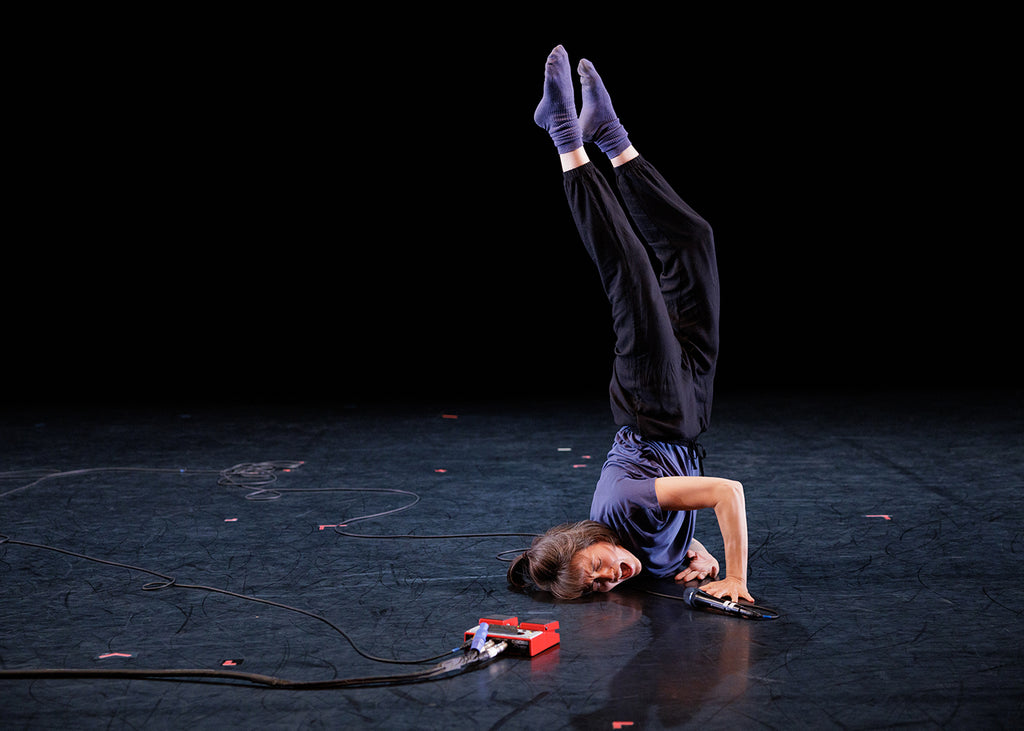Talent Time
It’s “Nutcracker” season at San Francisco Ballet—36 performances packed into three weeks—which means that the company is currently serving two distinct audiences.
Plus
World-class review of ballet and dance.
Tushrik Fredericks walks as if in a trance, arms floating forward and pushing back with each step. Fog transforms the air into a tangible element. Patience hovers in it alongside anticipation. Fredericks and three other dancers are content to be suspended in the mylar-decorated universe of “til infiniti,” inside TRISK’s black box theater in Greenpoint, Brooklyn, perambulating and partnering each other in slow motion. The kaleidoscopic patterns they trace mirror a prismatic image on a small television set upstage. Their bodies relate like a many-sided gem, and a sense builds that this careful choreography is merely one facet of their being.



“Uncommonly intelligent, substantial coverage.”
Your weekly source for world-class dance reviews, interviews, articles, and more.
Already a paid subscriber? Login

It’s “Nutcracker” season at San Francisco Ballet—36 performances packed into three weeks—which means that the company is currently serving two distinct audiences.
PlusLast week I caught up with choreographer Pam Tanowitz and Opera Philadelphia’s current general director and president, countertenor Anthony Roth Costanzo to talk about “The Seasons,” the company’s latest production premiering at the Kimmel Center’s 600-plus seat Perelman Theater on December 19.
PlusIf Notre-Dame remains one of the enduring symbols of Paris, standing at the city’s heart in all its beauty, much of the credit belongs to Victor Hugo.
PlusWhen dancer and choreographer Marla Phelan was a kid, she wanted to be an astronaut. “I always loved science and astronomy,” Phelan said.
Plus
comments